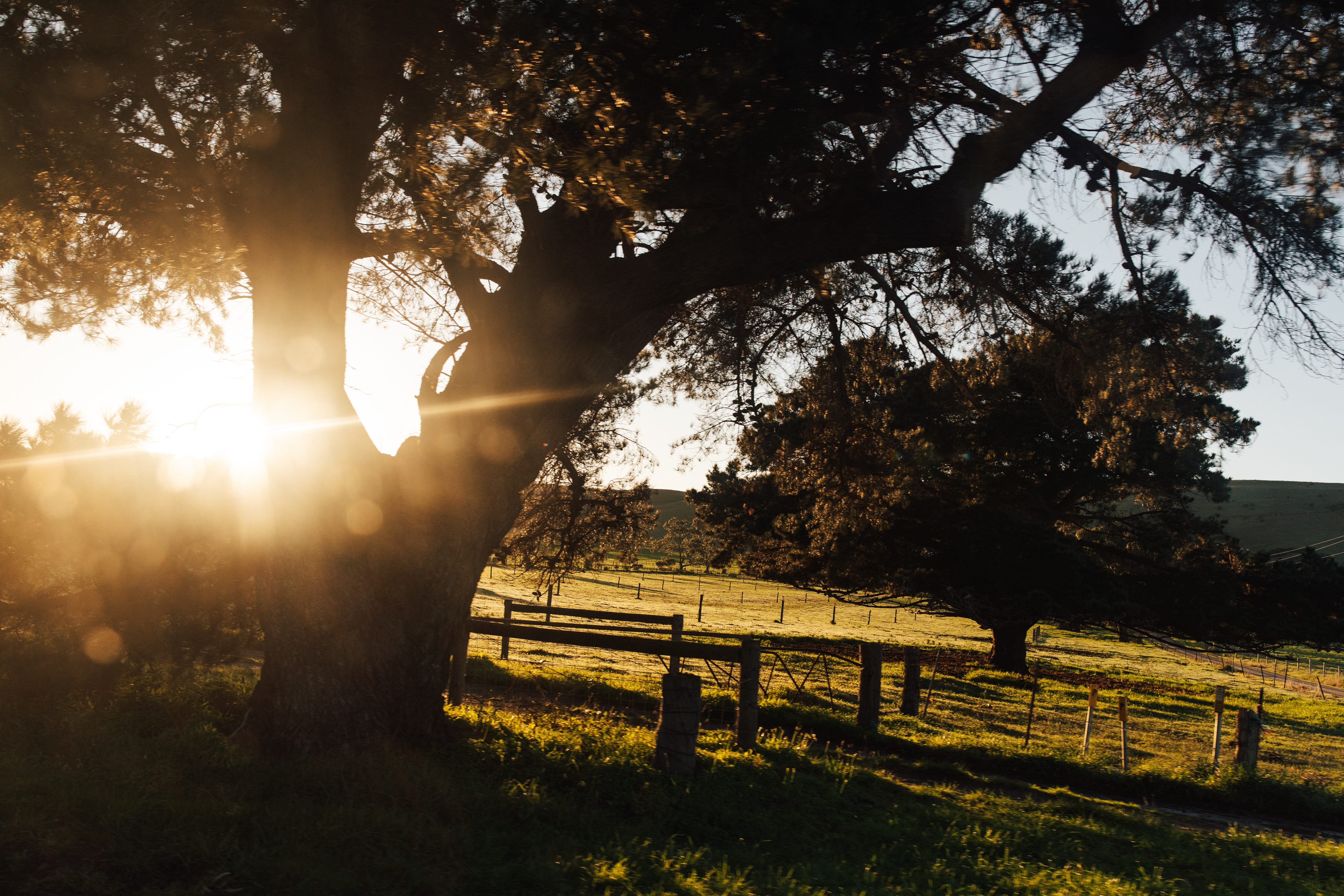
Pastoral Act review opens opportunities for SA producers
The recently announced review of the Pastoral Act will provide Livestock SA and its members with an opportunity to provide feedback and influence the future operations of the Act.
The Pastoral Land Management and Conservation Act (1989) supports both the management and conservation of pastoral land in South Australia. The Pastoral Board is responsible to the Minister for the administration of this Act and, in carrying out this function, is subject to the control and direction of the Minister. The Board plays a key role as an independent body that can act on issues raised by pastoralists and represent their views to government.
When State Government proposed to abolish the Pastoral Board in 2015 Livestock SA fought hard to retain it, but with some changes.
One of Livestock SA’s key issues of concern in relation to the Act is the length of time between property inspections. While they are currently set as needing to be held every 14 years, often due to the prescribed scientific assessment process within the Act and under-resourcing within the department combined with a lack of adoption of current technologies, inspections can sometimes stretch out to more than 20 years.
From these inspections stocking densities are then set, so having such a length of time between inspections can often be detrimental as much can often change during this time. If properties are inspected during a period of drought this can also be a concern, as stocking densities can be set at a lower rate until the next inspection.
The additional length of time between inspections can also cause an issue with financial institutions if loans are required to be taken out for new equipment or improvements. For example, if a 42-year lease is only reviewed every 20 years banks may be unwilling to take the risk on financing the drilling of a new bore, as this can often cost in excess of $1 million.
Rather than a focus on specific species, such as beef and sheep, we would also prefer there to be more of an emphasis on grazing pressure and impact on the environment. It’s about the execution of the Act.
Pastoralists now operate far more on a global market, producing what the market wants, and it’s important there is the flexibility within the Act to do this, whether it’s donkeys, camels or goats that pastoralists may want to run.
While leases currently state whether pastoral properties can run sheep or cattle, Livestock SA believes there needs to be more of an emphasis on grazing pressure and the environment to ensure producers do not miss out on market opportunities.
The Act should be about supporting profitable and resilient businesses. In this day and age producers have the management capability, technology and education to be able to manage their properties well.
It’s also important to have clear definitions on certain items within the Act, for example clear definitions on the requirements for “adequate” boundary fences, to ensure pastoralists have the best possible opportunities to ensure they can follow and uphold the current requirements.
Livestock SA will be vigorously seeking the opportunity to have input into the reviewed Act and we are currently talking to members, as well as PIRSA, about rolling out forums to discuss these possible changes.
The review of the Act comes after the transfer of the Act to the Minister for Primary Industries and Regional Development. The review will be a two-stage process, with a Discussion Paper to be released by PIRSA. Producers will have until late June to offer feedback on this Paper.
Once feedback has been received and consolidated, stage two of the consultation will be the release of an Exposure Draft Bill for comment, along with an explanatory paper which describes the feedback received and how it has been actioned in the draft Bill. This process will take place in late 2019.
– ANDREW CURTIS, Chief Executive Officer, Livestock SA